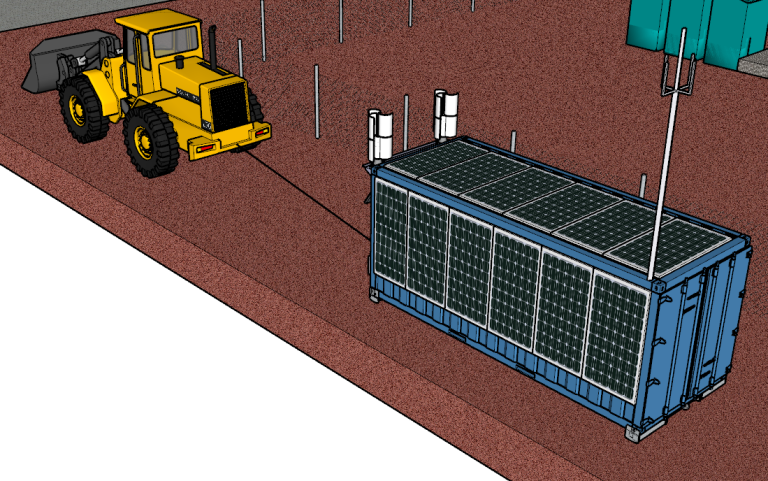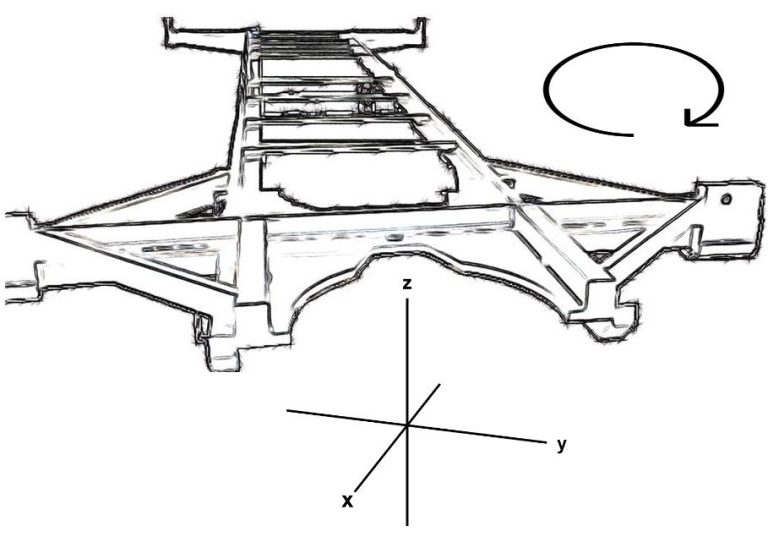We often found the SeaCans were prone to animal infestation, mold and insects making homes beneath the SeaCans and in the core structure (ribs/cross members and frame)
During moves we often found the bottom ribs/cross members and floorboards rot/corrode rapidly from all the moisture and/or environmental conditions i.e. soft wet soils, manure and farm applications, frozen/thawing ground etc. In that we found the super structure and upper body of the SeaCan tend to corrode and fall apart quickly without moving air flow around the SeaCan unit/s. we have also addressed issues during moves where the core frame of the SeaCan becomes softened and dangerous to lift and move over time; thus ending up unloading all goods inside the SeaCan and an on the spot crushing, removing, recycling of the SeaCan which is costly.
Having been on many large sites moving containers requires costly special equipment particularly when loaded (ie. heavy duty forklift, crane, flatbed/tilt'n load)











